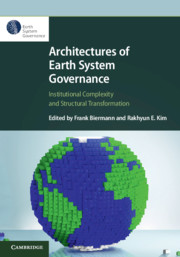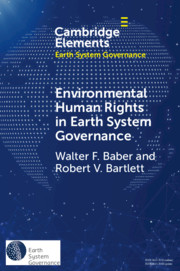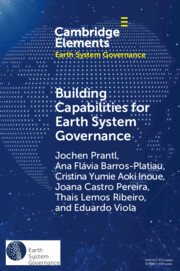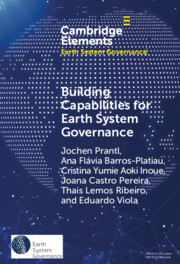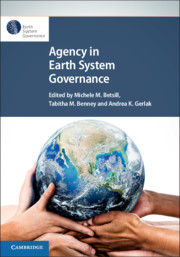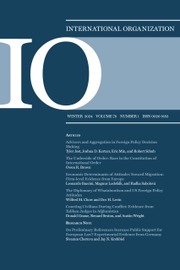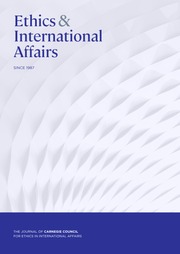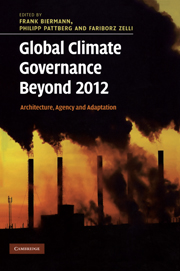Architectures of Earth System Governance
International institutions are prevalent in world politics. More than a thousand multilateral treaties are in place just to protect the environment alone, and there are many more. And yet, it is also clear that these institutions do not operate in a void but are enmeshed in larger, highly complex webs of governance arrangements. This compelling book conceptualises these broader structures as the 'architectures' of global governance. Here, over 40 international relations scholars offer an authoritative synthesis of a decade of research on global governance architectures with an empirical focus on protecting the environment and vital earth systems. They investigate the structural intricacies of earth system governance and explain how global architectures enable or hinder individual institutions and their overall effectiveness. The book offers much-needed conceptual clarity about key building blocks and structures of complex governance architectures, charts detailed directions for new research, and provides analytical groundwork for policy reform.
This is one of a series of publications associated with the Earth System Governance Project. For more publications, see www.cambridge.org/earth-system-governance.
- An authoritative review written in clear language, making it accessible to a broad audience of students, researchers and policy-makers
- Chapters are co-authored by leading academics and early-to mid-career researchers so that they provide a balanced treatment of long-standing debates and emerging research themes
- Part of the book series is linked to the 10-year synthesis of the Earth System Governance Project
Product details
May 2020Paperback
9781108747301
348 pages
245 × 173 × 17 mm
0.68kg
Available
Table of Contents
- 1. Architectures of Earth System Governance: Setting the Stage
- Part I. The Building Blocks:
- 2. Intergovernmental institutions Ronald B. Mitchell, Arild Underdal, Steinar Andresen and Carel Dieperink
- 3. International bureaucracies Dominique De Wit, Abby Lindsay Ostovar, Steffen Bauer and Sikina Jinnah
- 4. Transnational institutions and networks Agni Kalfagianni, Lena Partzsch and Oscar Widerberg
- 5. Institutional architectures for areas beyond national jurisdiction Oran R. Young
- Part II. Core Structural Features:
- 6. Institutional interlinkages Thomas Hickmann, Harro Van Asselt, Sebastian Oberthür, Lisa Sanderink, Oscar Widerberg and Fariborz Zelli
- 7. Regime complexes Laura Gomez-Mera, Jean-Frederic Morin and Thijs Van De Graaf
- 8. Governance fragmentation Frank Biermann, Melanie Van Driel, Marjanneke J. Vijge and Tom Peek
- Part III. Policy Responses:
- 9. Policy integration Hens Runhaar, Bettina Wilk, Peter Driessen, Niall Dunphy, Åsa Persson, James Meadowcroft and Gerard Mullally
- 10. Interplay management Olav Schram Stokke
- 11. Orchestration Kenneth W. Abbott, Steven Bernstein and Amy Janzwood
- 12. Governance through global goals Marjanneke J. Vijge, Frank Biermann, Rakhyun E. Kim, Maya Bogers, Melanie Van Driel, Francesco S. Montesano and Abbie Yunita
- 13. Hierarchization Rakhyun E. Kim, Harro Van Asselt, Louis J. Kotzé, Marjanneke J. Vijge and Frank Biermann
- Part IV. Future Directions:
- 14. Taking stock and moving forward Frank Biermann, Rakhyun E. Kim, Kenneth W. Abbott, James Hollway, Ronald B. Mitchell and Michelle Scobie.

